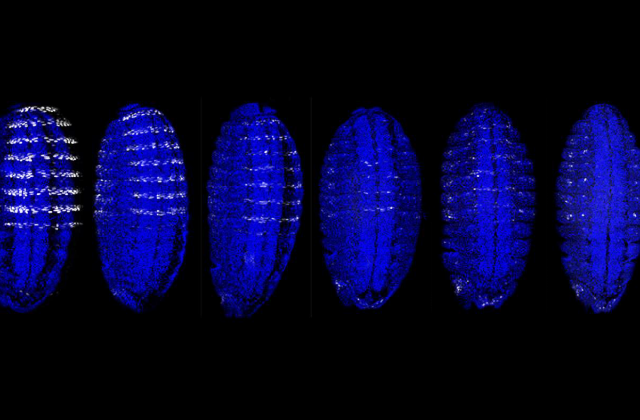How can we tailor bladder cancer treatments to patients?

Columbia researchers have created patient-specific models of bladder cancer, called organoids, which mimic many of the characteristics of actual tumors. These organoids, tiny 3-D spheres derived from a patient’s own tumor, hold the potential of showing how a patient will react to particular therapies, making it possible to provide the most effective treatment.
Bladder cancer is the fifth most prevalent cancer in the United States, but it is understudied, making it very difficult to know beforehand exactly which drugs may be most effective for a given patient. Study co-author James M. McKiernan, the John K. Lattimer Professor of Urology and chair of urology, said, “This should greatly improve our understanding of the genomics of bladder cancer, how these tumors respond to drugs, and how they develop drug resistance.”
“The great advantage of organoids is that they are essentially avatars of a patient’s tumor,” said study leader Michael M. Shen, professor of medicine, genetics & development, urology, and systems biology. He and his team created the organoids—after surgery, patients' tumor tissues were placed in culture. After they grew miniature organoids in petri dishes, the researchers introduced different drugs and analyzed the organoids’ responses to these compounds. They discovered, for example, that certain mutations in the organoids predicted a better response to a particular combination of drugs.
Next, Shen and McKiernan will test the organoids’ predictive abilities in trials that will treat patients and their corresponding organoids with the same drug. Learn more.
Make Your Commitment Today




